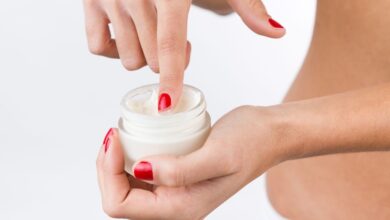How Snoring Devices Work to Help Minimize Sleep Interruptions

Snoring mainly happens when soft tissues at the back of your throat vibrate, pressing against other features of your throat. Though snoring might fail to be life-threatening, sleep disorders like sleep apnea minimize oxygen levels reaching your brain, thus interrupting your sleep. Fortunately, snoring appliances in Midtown can help you sleep soundly. The devices your doctor will recommend significantly depend on the extent of your snoring.
Why does snoring occur?
Unlike a typical misconception that snoring comes from the nose, the sound of resistance on your upper airway starts at the back of your air passage. As you sleep, your oropharynx muscles (behind your tongue) help your airway remain open to relax. When the muscles relax, they narrow your airway, increasing air turbulence. The soft tissues at your throat’s back vibrate, causing the snoring effect.
What are the types of snoring devices you might benefit from?
When going shopping for a snoring device, comfort is a variable you must consider. Comfort is crucial since it might motivate you to wear it more often, thus improving the treatment’s effects. Various snoring devices, including jaw advancing instruments, all work differently to facilitate a good sleep.
The devices your doctor is likely to recommend include:
- Tongue stabilizing devices
TSDs work by isolating your tongue, pulling it forward. As a result, the forward movement creates a broader gap between your tongue and the back of your throat, eliminating your chances of snoring. The tongue stabilizers have various benefits. For instance, they do not cause joint discomfort and are less likely to result in tooth shifting or issues with TMJ. Your dentist may also recommend TSD when you have missing teeth or have other dental worries.
However, you might feel uncomfortable with tongue positioning, especially during the first time of use.
- Mandibular advancement devices
Named after your jaw bone, MADs shift your jaw, moving it forward. As a result, the jaw movement causes a significant separation of your throat’s vibrating elements, resulting in less turbulence. Though MADs are very efficient when you have sleep apnea, these snoring devices may result in teeth shifting and discomfort. Additionally, your healthcare provider might recommend the snoring device if you have dental issues.
How do Tongue-retaining devices work?
TRDs minimize the chances of your tongue falling back when you are asleep. The device suctions your tongue’s tip keeping it in place. The good thing about the device is that it has orifices to allow you to breathe with your mouth when you have a blocked nose. Though you might experience soreness the first time you use TRDs, the devices might be effective, especially if you have sleep apnea. Additionally, these snoring appliances enhance your daytime siesta.
In other instances, your dentist might recommend chin straps or vestibular shields. While chin straps keep your mouth closed, vestibular shields work by obstructing airflow through your mouth, promoting nasal breathing.
Snoring might not only be a nuisance to your partner. The resistance and turbulence may also indicate a sleep disorder like sleep apnea which will likely interfere with your sleep quality. Do not let snoring diminish your sound sleep when you can contact a medical professional for help. For more inquiries on snoring devices, consult your dentist today.





